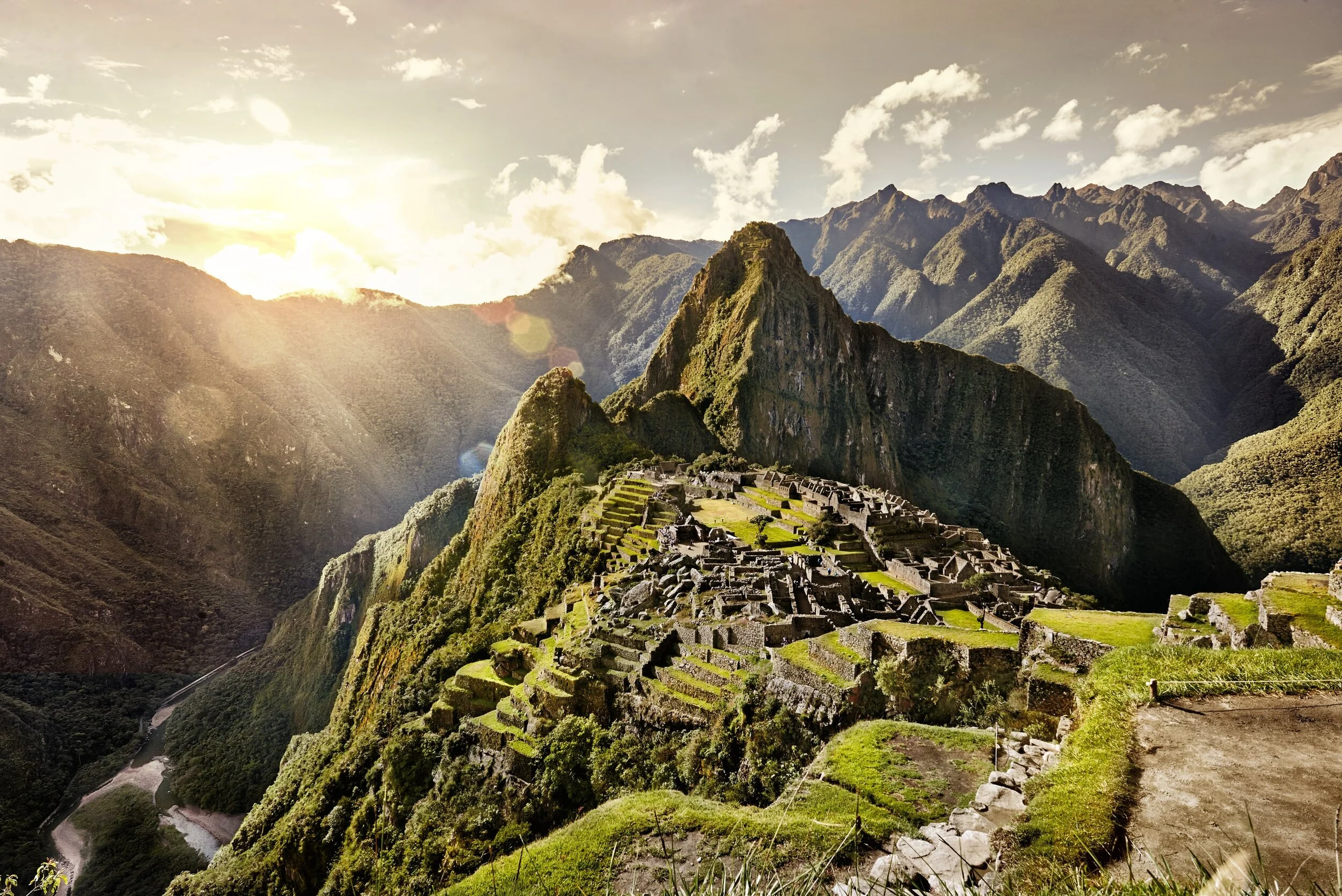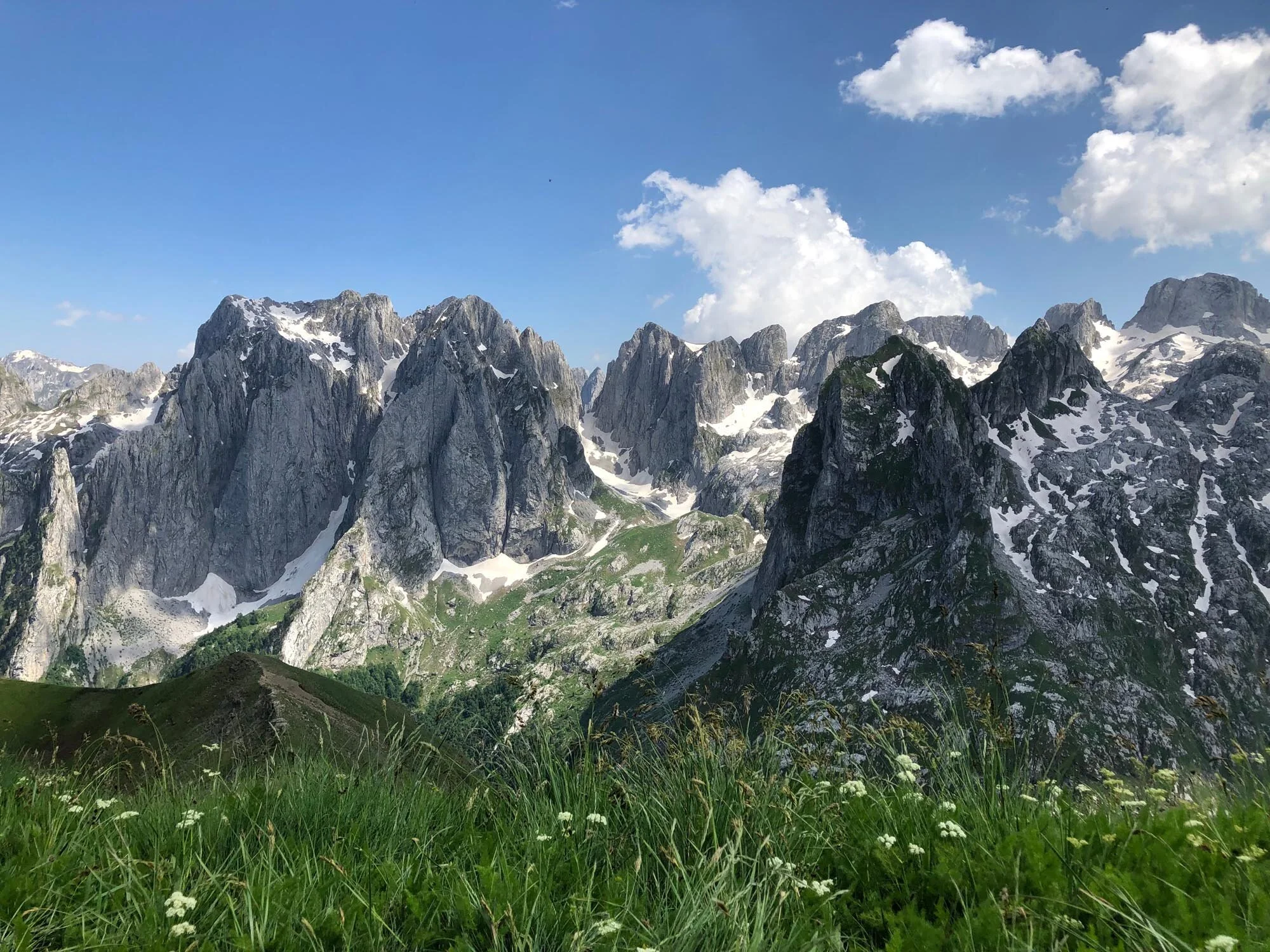How to choose a trekking backpack
Your bag is one of the most important pieces of kit you will take with you on your trek. But with so many options out there, it can be difficult to figure out what you really need and what is superfluous.
We’ve boiled it all down into five key factors you should consider when shopping for your trekking bag.
Size
Trekking bags and backpacks are measured in litres.
Smaller bags, suitable as day bags or for lighter clothes and equipment, will be around 15-30L, while larger packs can range from 50L all the way up to 80L+.
You shouldn’t need anything bigger than 60L to carry all of your things for a 6 day trek. If your bag is bigger than this, you’ll most likely end up packing unnecessary extras and carrying more than you need.
When it comes to trekking bags, the smallest you can get away with is usually best. Do you really need a new pair of walking socks for each day? Could you live without that third pair of shoes? What seems like a great idea when you’re packing soon becomes less so when you’ve been lugging it up a mountain for several days - comfort is key!
Most bags also come in a men’s or women’s fit, so make sure you get the correct type! Women’s bags will be designed for a shorter body, so if you’re a tall woman or a short man, you might like to consider going for the opposite gender.
Whichever bag you go for, make sure you’ve tried it on and been shown how to fit it properly before buying.
Straps
Another main factor which will determine how comfortable your bag feels are the straps. Opt for a bag with waist straps as well as shoulder straps, and make sure that these are well padded and adjustable.
When carrying a bag, about 70% of the weight should be taken by your hips, and only 30% by your shoulders. Again, be sure to try your bag on, adjust it to fit you and test it out properly to ensure proper weight distribution.
Waterproofing
While trekking, having a bag that’s going to keep your stuff dry is really, really important.
Most bags will come with a waterproof cover stashed in away in a zip-able compartment which you can whip out in a downpour, but it’s also a good idea to look for bags made of water resistant materials so you don’t have to go full-cover mode in a light drizzle. Lightweight, synthetic materials are best.
Top-loading vs. Front Opening
This is really a question of convenience rather than comfort.
A top-loading bag will open only at the top, which means that you will need to take out all of your things to get something at the bottom. A front opening bag opens across the front, more like a suitcase, so that you can access all of your things much more easily.
If you’re planning to use your bag for future trips, a front opening bag is worth investing in. But for a shorter trek, or if you’re only planning to use your bag once or twice, top loading is fine. It really depends on how much you value the convenience of a front opening.
Price
Trekking backpacks range enormously in price, from as little as £40 all the way up to £300 and above.
You don’t have to go for a top-of-the-price-range bag in order to get something that is good enough quality; like most things, branding plays a big role in dictating the price of a bag. Brands like Osprey and North Face tend to be more expensive than the likes of Quechua or Deuter, but the lower priced brands still make bags with all of the above important features.
If you’re planning to keep your bag for a long time, have multiple treks in the calendar or think you may go for a round-the-world trip one day, invest in a really good bag that will last and will make your travels as comfortable as possible. If you're going to use it once or twice, keep it cheap.
If you’re trekking with us…
If you’re taking on one of our overseas trekking challenges, you will be accompanied by a team of porters who will carry your main bag for you. Bag requirements vary between challenges so please be sure to check the relevant Challenge Briefing Pack before investing in a bag. You can get more information about the specific requirements of your challenge by getting in touch with us on team@chooseachallenge.com










